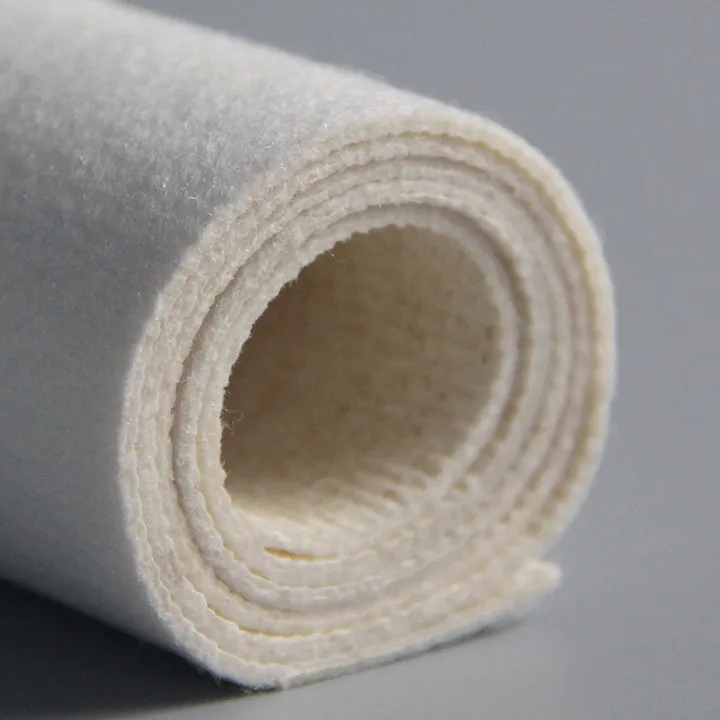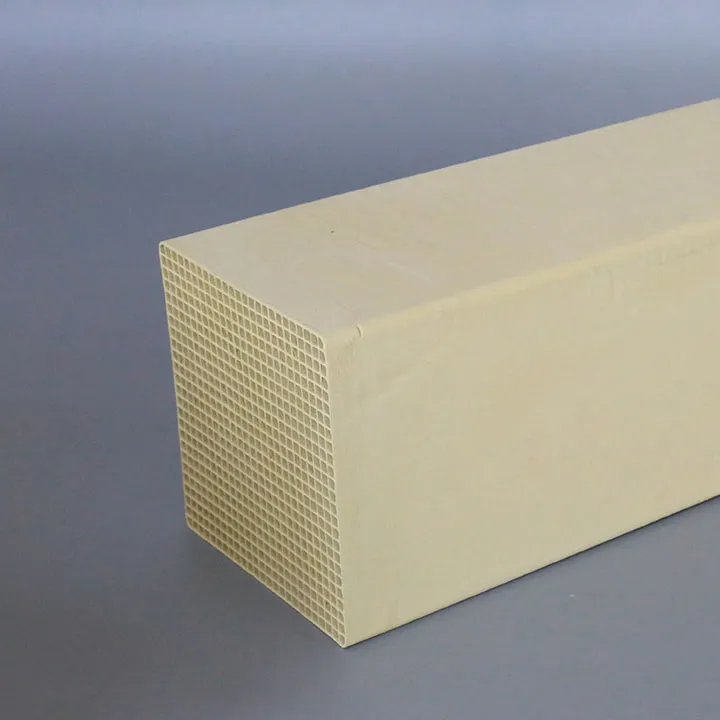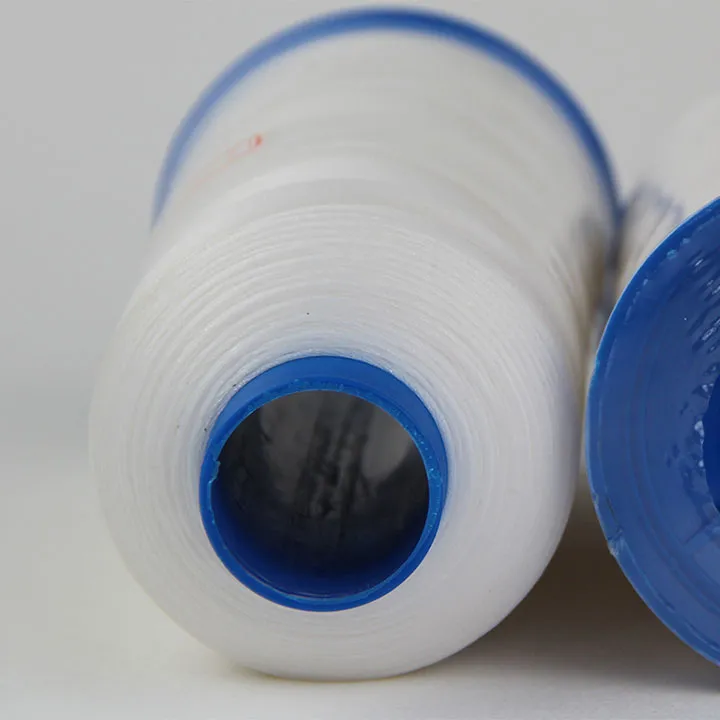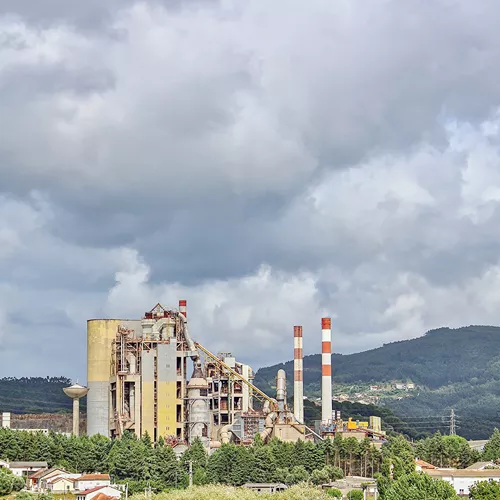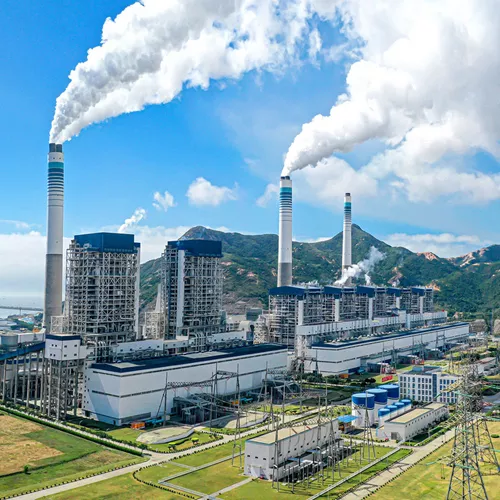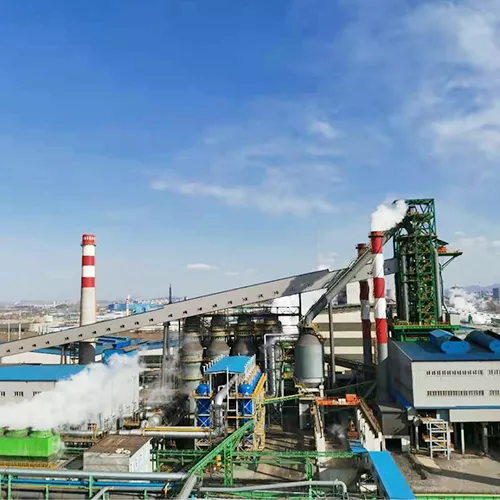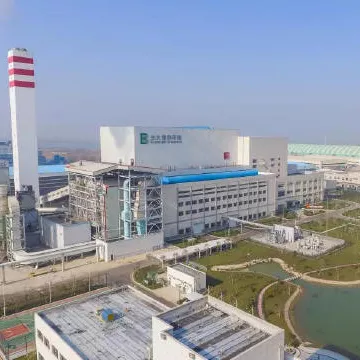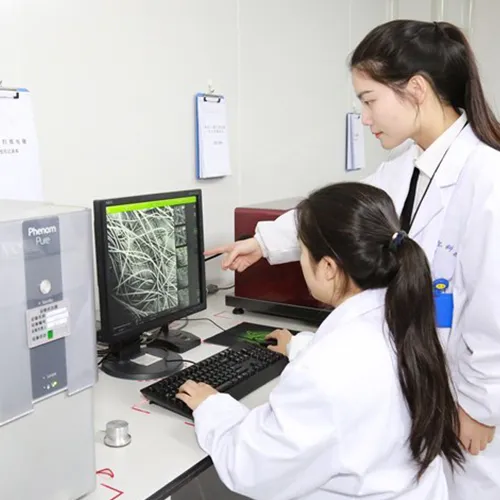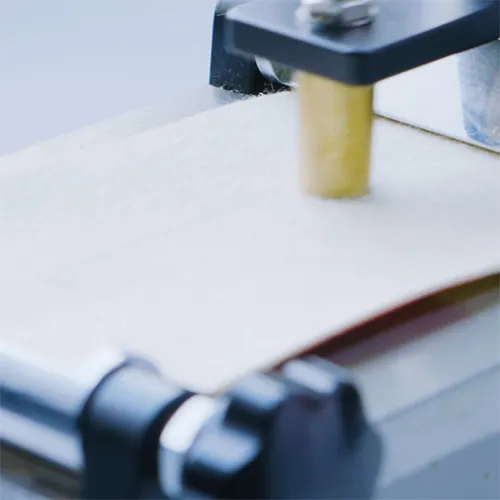Cost Saving with Efficient Filter Fabric
Cost Saving with Efficient Filter Fabrics: A Guide for Industrial Facilities
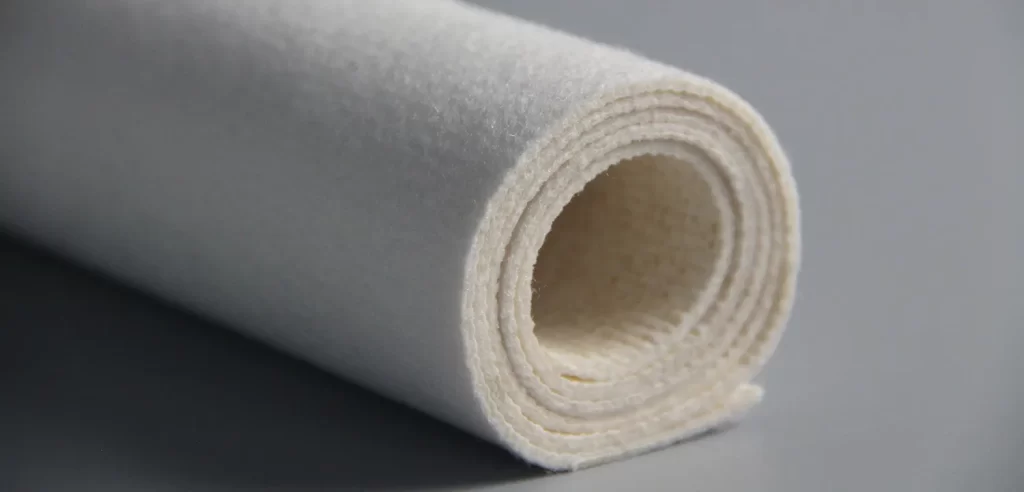
* Briefly introduce the importance of dust collection systems in industrial settings.
* Highlight the role of filter fabrics in these systems and their impact on operational costs.
* State the goal of the article: To demonstrate how choosing efficient filter fabrics can lead to significant cost savings.
Understanding Efficiency in Filter Fabrics
This section defines the key parameters that determine filter fabric efficiency, including filtration efficiency, air permeability, cleanability, and durability. Understanding these parameters is crucial for selecting the right fabric and optimizing dust collection system performance.
Filtration Efficiency
* Filtration efficiency is measured by the percentage of dust particles of a specific size range that the fabric can capture. Different industries and applications have varying requirements for particle capture efficiency. For example, pharmaceutical manufacturing may demand higher efficiency for very fine particles compared to a metal fabrication shop.
* Fabric structure plays a crucial role in filtration efficiency. Woven fabrics generally offer good permeability but may be less efficient at capturing fine particles. Non-woven fabrics, on the other hand, provide better fine particle capture but can have higher pressure drop.
* The MERV (Minimum Efficiency Reporting Value) system is a standard rating system ranging from 1 to 16, with higher numbers indicating better filtration efficiency. Choosing the appropriate MERV rating depends on the specific dust characteristics and industry requirements. For instance, a cement plant might require a MERV 13 or higher filter to efficiently capture fine dust particles.
Air Permeabilit
* Air permeability is measured in cubic feet per minute per square foot of fabric (CFM/ft2) and indicates how easily air can pass through the filter media. Higher permeability means less resistance to airflow and lower pressure drop across the fabric.
* Pressure drop directly impacts the energy consumption of the dust collector fan. According to fan affinity laws, a 10% reduction in pressure drop can result in approximately 5% energy savings. This translates to significant cost reductions over time, especially for facilities with large dust collection systems operating continuously.
* Balancing filtration efficiency and air permeability is essential. While a highly efficient fabric may capture more dust, it could also lead to excessive pressure drop and increased energy costs. Selecting a fabric with the optimal balance ensures effective filtration while minimizing energy consumption.
Cleanability
* Different dust collectors use various cleaning methods, including pulse-jet, reverse air, and mechanical shaking, to remove dust from the filter fabric surface and maintain optimal performance.
* Fabric properties such as surface finish, fiber denier (thickness), and weave pattern significantly influence cleanability. A smooth finish and larger fiber denier promote dust cake release, while specific weave patterns can enhance the effectiveness of cleaning mechanisms.
* Improved cleanability directly translates to extended filter lifespan. When dust is effectively removed during cleaning cycles, it prevents buildup and clogging, allowing the fabric to maintain its filtration efficiency and airflow over a longer period.
Durability & Lifespan
* Filter fabrics must withstand the harsh conditions of industrial environments, including abrasion, exposure to chemicals, and temperature fluctuations. Choosing the right material is crucial for ensuring durability and long lifespan. For example, polyester fabrics offer good resistance to abrasion and moderate chemical resistance, while fiberglass fabrics excel in high-temperature applications.
* Fabric construction and finishing also play a role in durability. Tightly woven fabrics with high thread count tend to be more resistant to abrasion. Additionally, surface treatments and coatings can enhance resistance to chemicals and moisture.
Cost-Saving Benefits of Efficient Filter Fabrics
Efficient filter fabrics offer numerous cost-saving benefits for industrial facilities, including reduced energy consumption, extended filter lifespan, minimized downtime, lower maintenance costs, and improved worker health and safety.
Reduced Energy Consumption
* The energy consumption of a dust collector fan is directly related to the pressure drop across the filter media. As mentioned earlier, a 10% reduction in pressure drop can lead to approximately 5% energy savings. This relationship is based on the fan affinity laws, which govern the performance of centrifugal fans.
* Case Study: A cement plant switched from conventional polyester filter bags to high-efficiency PTFE membrane filter bags. The new filter media provided a 25% reduction in pressure drop, resulting in an estimated 12.5% decrease in fan energy consumption. With the plant operating 24/7, this translated to significant annual energy cost savings and a reduction in the facility’s carbon footprint.
Extended Filter Lifespan
* The lifespan of a filter fabric is influenced by several factors, including the type of dust, operating conditions, cleaning efficiency, and the fabric’s material and construction. By choosing durable and cleanable fabrics, facilities can significantly extend filter lifespan compared to standard options.
* Cost Analysis: Let’s compare the cost of standard polyester filter bags with a lifespan of 1 year to high-efficiency PTFE filter bags with a lifespan of 3 years. Assuming the initial cost of the standard bags is $100 per bag and the PTFE bags cost $300 per bag, the 3-year cost for standard bags would be $300 (3 replacements), while the cost for PTFE bags would remain $300 (1 replacement). This demonstrates the long-term cost savings achieved through extended filter lifespan, even when considering the higher initial investment.
Minimized Downtime
* Downtime for filter changeouts can be costly for industrial facilities, as it directly impacts production output and revenue. Efficient filter fabrics with longer lifespans require fewer replacements, minimizing downtime and associated costs.
* Quantifying Downtime Costs: The cost of downtime varies significantly across industries and depends on factors such as production output value and labor costs. For example, downtime in a large-scale manufacturing plant can amount to thousands of dollars per hour. By reducing downtime for filter changes, facilities can improve productivity and avoid potential revenue losses.
Lower Maintenance Costs
* Efficient filter fabrics that are easily cleaned require less frequent maintenance, reducing labor costs and the consumption of cleaning resources such as compressed air or cleaning chemicals.
* Dust buildup within the dust collection system can lead to various issues, including reduced airflow, increased pressure drop, and potential equipment damage. Efficient filtration minimizes dust accumulation, preventing these problems and reducing the need for costly repairs and maintenance interventions.
Contact us
Yuanchen, a leading manufacturer of dust removal filter cloth, understands the critical role that efficient filtration plays in industrial settings. We offer a comprehensive range of filter fabrics in various materials and configurations, catering to diverse needs and operating conditions. Our expertise in OEM and custom fabrication allows us to provide tailor-made solutions that optimize dust collection performance and maximize cost savings for our customers. Whether you require standard filter bags or specialized high-efficiency media, Yuanchen is your trusted partner in achieving efficient and cost-effective dust control.
Contact us today to discuss your filtration requirements and discover how Yuanchen can help you achieve cleaner air, lower operating costs, and a healthier work environment.



